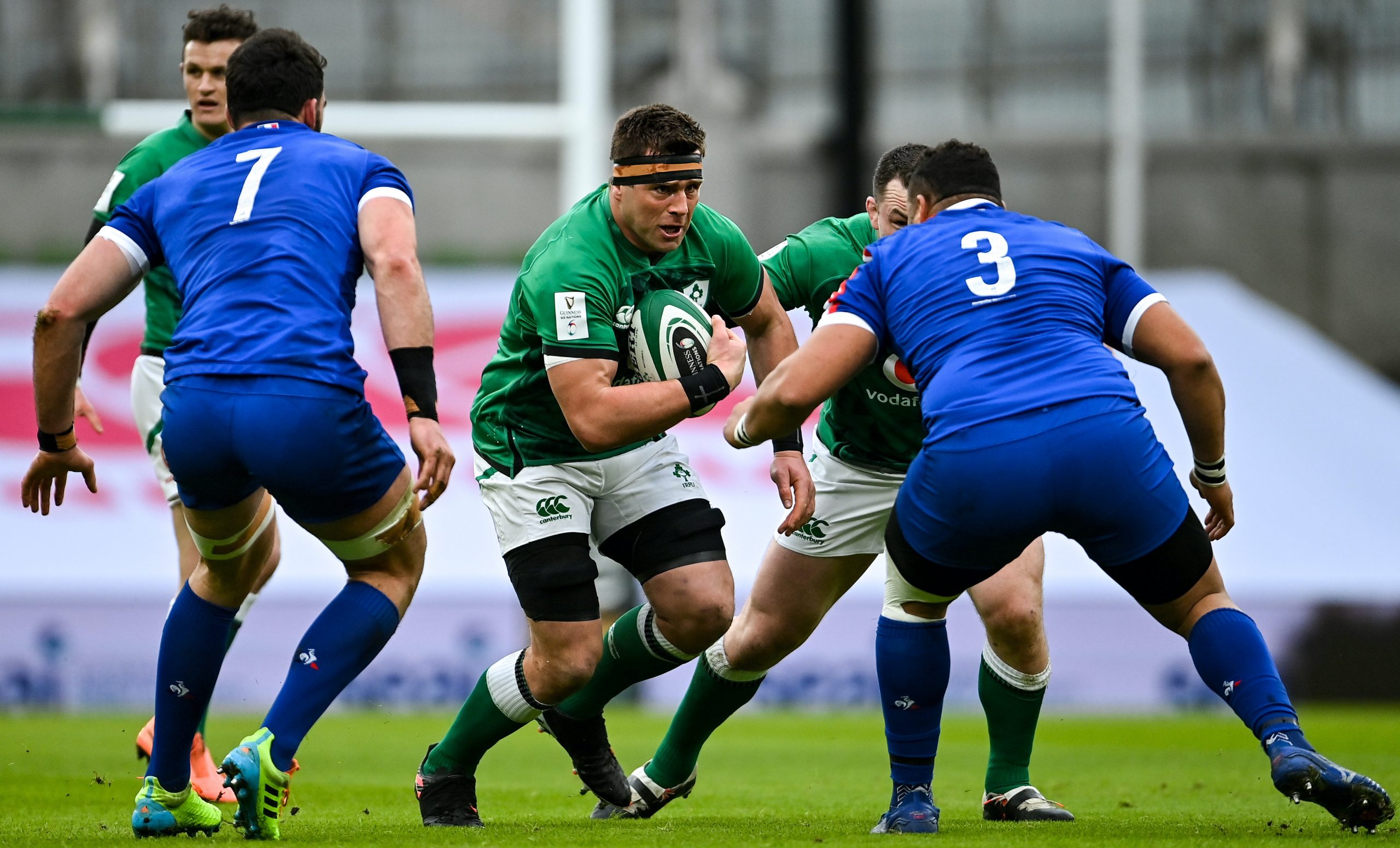Andy Farrell doesn’t have a lot to gain from victory over Italy this weekend. Ireland go into this game looking for a bounce in belief and a clearer picture on what progress has been made under Farrell, but big wins over Italy merely maintain a holding pattern. There’s even a murmur that the result is in some doubt, that is against the might of Zebre and Benetton who have a combined total of 3 wins in 23 games this season. For all the changes Farrell has made in the pack, this is still close to Ireland’s strongest selection and you…
Cancel at any time. Are you already a member? Log in here.
Want to read the full story?
Unlock this article – and everything else on The Currency – with an annual membership and receive a free Samsonite Upscape suitcase, retailing at €235, delivered to your door.

